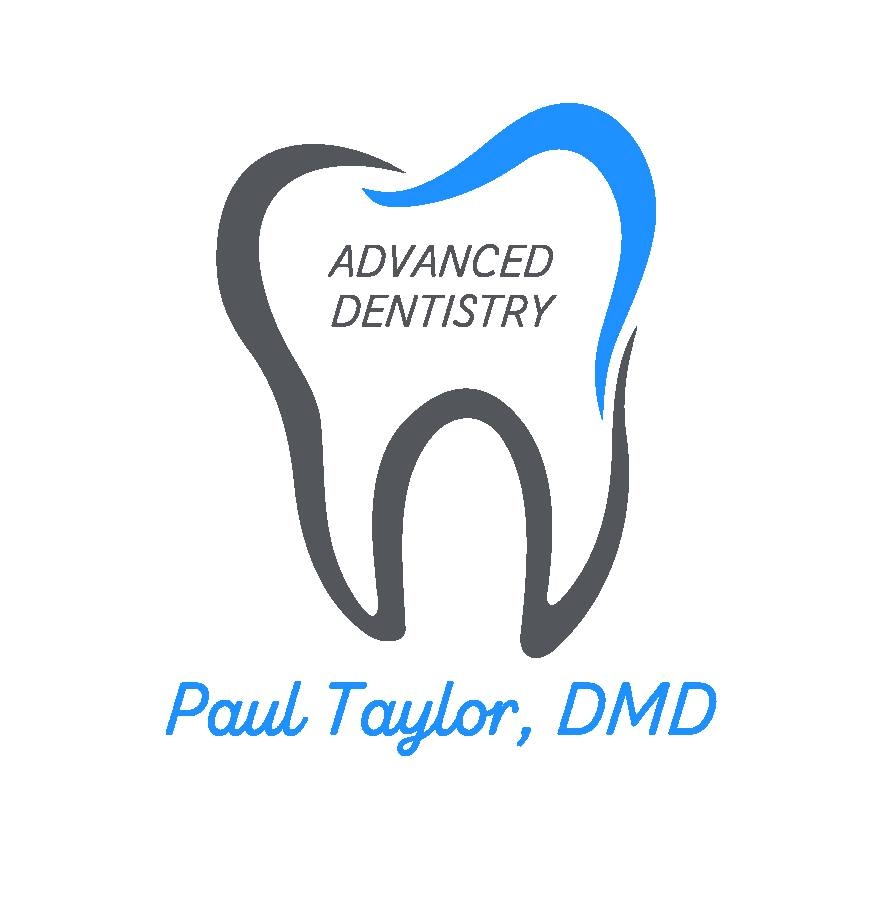The Four Most Common Causes of Gum Recession | San Diego CA Dentist
Do your teeth appear abnormally large when you smile? Do you get a dull ache when you drink cold or hot beverages? Have your gums suddenly become loose? If you answered yes to any of the following questions, you most likely have gum recession.
Gum recession causes your gums to pull away from your teeth. This causes your teeth to appear larger than normal, exposes the roots of your teeth, and can cause sensitivity. There may even be a notch around the gum line that represents the transition between the crown and the root. Because gum recession happens gradually, it may not be noticeable right away.
Gum recession can occur for a variety of reasons, but some are more common than others. The top four are listed below.
Periodontal Disease
Periodontal disease is one of the most common causes of gum recession. Gum disease is caused by plaque or tartar accumulation along the gum line. When the gums recede, pockets form in which bacteria can accumulate, causing the process to repeat itself. Bacteria are naturally present in the mouth, but too many can be harmful. Gum disease can be avoided by practicing good oral hygiene.
Brushing Method
An incorrect brushing technique can also cause gum recession. To begin with, your toothbrush’s bristles should be soft. If the bristles are too stiff, they can irritate the gums. Furthermore, brushing too hard can wear down your tooth enamel over time, resulting in problems with sensitivity.
Oral Hygiene
Brushing twice a day for two minutes, flossing daily, and semiannual teeth cleanings are all necessary for controlling the bacteria population in the mouth and preventing gum disease and tooth decay. Brushing cleans 60 percent of the tooth’s surface, while flossing cleans 40 percent. By skipping one or the other, a portion of your tooth’s surface is not properly cleaned. As a result, plaque is likely to build up. Tartar forms when plaque is left undisturbed for an extended period of time. Tartar cannot be removed by brushing and must be removed using specialized dental tools. Plaque and tartar both irritate the gums and cause them to recede.
Dental Issues
Because teeth and gums are interdependent structures, problems that affect one affect the other. Common issues include misaligned teeth or a misaligned bite. Tooth misalignment or an improper bite can cause excessive pressure to be exerted on specific teeth. As a result, the gums around those teeth may recede. Teeth grinding and clenching are also common dental problems. Excessive teeth grinding or clenching can also cause gum recession, similar to the pressure exerted by misalignment.
Gum recession is frequently caused by gum disease, improper brushing techniques, poor oral hygiene, and dental problems, as evidenced by the information presented above. Understanding how these common factors can contribute to gum recession allows you to take proactive steps to maintain your oral health. By addressing the most common causes of gum recession, you can reduce your chances of further gum recession and gum disease. That’s something to be happy about! For more information, please contact our dentist in San Diego CA to schedule an appointment with our San Diego cosmetic dentist.

